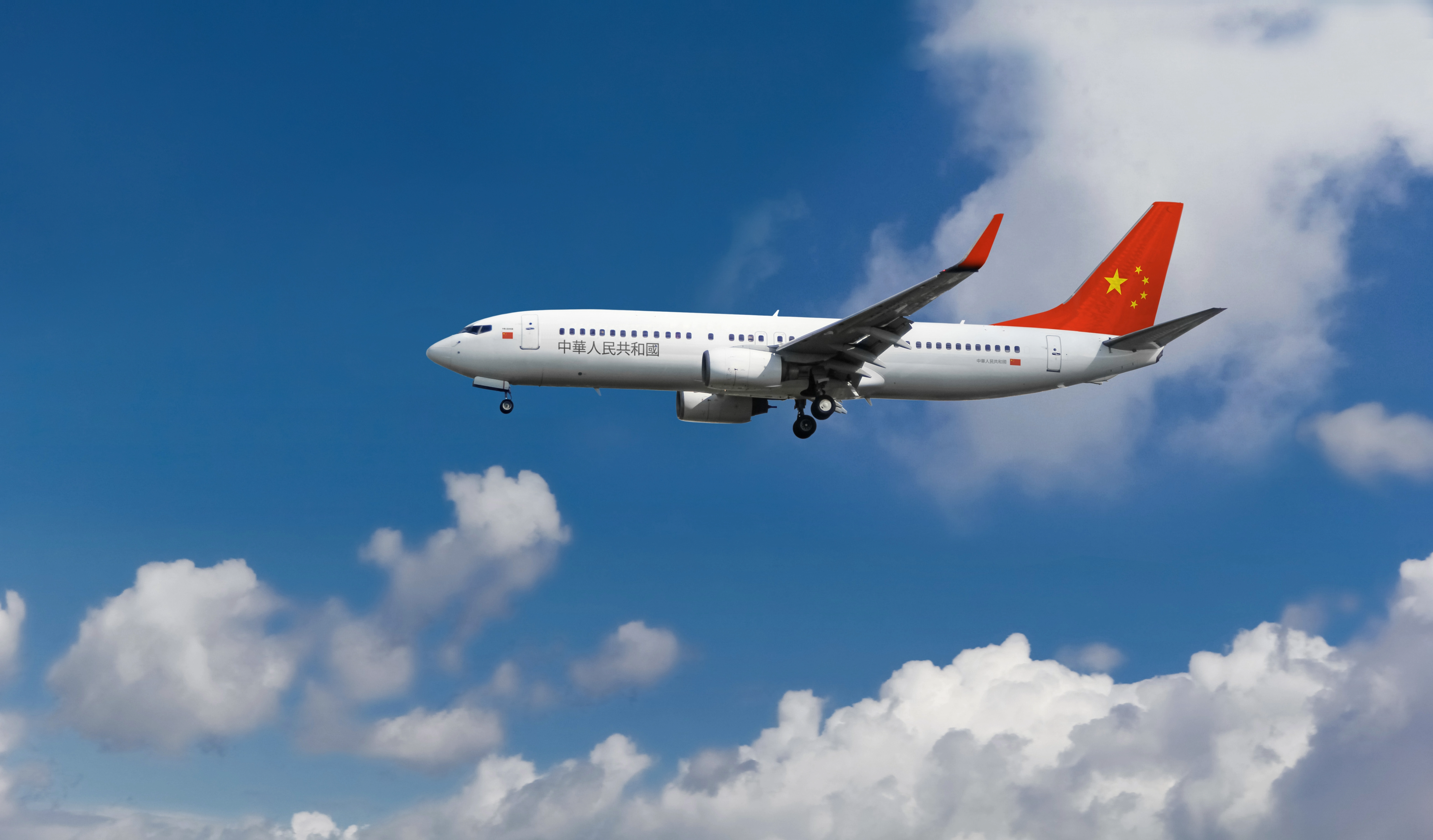End of U.S. Tax Exemption Hits Chinese Air Cargo Carriers Differently
By Zou Xiaotong


Chinese air freight operators are feeling the early shockwaves from Washington’s decision to scrap duty-free treatment for low-value packages, a move that is upending the global e-commerce shipping trade and forcing carriers to rethink routes and products.
The U.S. on Aug. 29 formally ended the so-called T86 exemption globally, which had allowed packages worth under $800 to enter tariff-free. The change comes on top of steep new tariffs on Chinese goods announced in April, threatening to squeeze revenue and margins for airlines heavily exposed to cross-Pacific e-commerce flows, according to Luo Chengtao, an analyst at aviation data platform VariFlight.
Half-year results from the cargo units of China’s “big three” airlines show a mixed picture. Eastern Air Logistics Co. Ltd. (601156.SH +0.52%) saw revenue decrease but eked out a small profit gain, blaming the U.S. policy shift for weaker e-commerce volumes. Air China Cargo Co. Ltd. (001391.SZ 0.00%), part of Air China Ltd., posted an 86% jump in profit after expanding into new markets like the Middle East, while China Southern Air Logistics Co. Ltd., tied to China Southern Airlines Co. Ltd. (600029.SH -1.16%), reported a slight revenue rise but a profit decline.
Eastern Air Logistics’ cross-border e-commerce parcel volumes fell 21% in the first half to nearly 26 million orders, with tonnage down nearly 30%. Revenue from its e-commerce logistics solutions dropped 27% to 2 billion yuan ($280 million), dragging its overall logistics solutions segment down 8.3%. The company said it offset some of the loss by ramping up fresh-produce shipping and pharmaceutical cold-chain services.
Air China Cargo, which listed late last year, recorded revenue of 10.9 billion yuan in the first half, up 22% from a year earlier, and net profit of around 1.2 billion yuan. While e-commerce accounted for less than a quarter of its main business revenue, the segment’s turnover surged 54% as the carrier boosted cooperation with major clients and secured long-term orders in the Middle East.
China Southern Air Logistics posted 9.4 billion yuan in revenue, up 1.8%, but net profit slipped 6.5%. With more than 80% of its revenue coming from international operations, analysts say it remains vulnerable to tariff-driven swings in trade flows.
The T86 model, widely used by Chinese exporters to the U.S., had allowed merchants to bypass customs duties, speed up clearance and cut paperwork, making costly air freight viable for a wide range of B2C shipments. Industry executives estimated such e-commerce goods made up 60% to 70% of China-U.S. air freight volumes before the change.
Carriers are now redeploying capacity to Europe and Southeast Asia to cushion the blow. In the first half of 2025, China opened 117 new air cargo routes, mainly to Asia and Europe, according to the China Federation of Logistics & Purchasing. Of these, 54 routes were to Asian destinations and 45 were to Europe, compared with just 12 to North America.
Analysts at Huatai Securities Co. Ltd. say the immediate impact of “reciprocal tariffs” is fading and that Chinese cargo carriers could stabilize operations in the medium term by diversifying markets and expanding integrated logistics capabilities.
Contact editor Kelsey Cheng (kelseycheng@caixin.com)
caixinglobal.com is the English-language online news portal of Chinese financial and business news media group Caixin. Global Neighbours is authorized to reprint this article.
Image: Mateusz – stock.adobe.com
